Sacred Plants – Dream Root – African Dream Root (Silene Capensis) Finely Powdered from South Africa, 10 grams
Botanical name: Silene capensis
Popular name: African Dream Root
Plant part: Root
Variety: Powdered
Region of Origin: South Africa, Eastern Cape
Contains: 5 grams
Nicht vorrätig
Email when stock available
Beschreibung
The Science Behind the Dream
Silene capensis or Silena undulata refers to a small perennial herb that can be found across grasslands and forests along the Eastern Cape region, in South Africa. Research has been conducted to understand the composition of Silene genus plants, and it has been concluded that among theur components are amino acids, antioxidants, triterpene glycosides, vitamins, minerals, fatty acids, and many more.
Roots of such plants contain alkaloids, diterpenoids, and triterpene saponins – which scientists associate with vivid and lucid dreaming (this happens mainly for people who are already sensitive to such components). Saponins are chemicals present in plants that, when in contact with water, form a substance that is similar to soap, and can offer antiinflammatory and antioxidant properties as well as aiding in the lowering of cholesterol levels.
Cultural significance of African Dream Root
The Zulu and Xhosa peoples, present in South Africa, are especially fond of Silene capensis and their shamans have, historically, been known to make use of this plants roots to treat fevers, delirium, and other health issues, The saponins present in African Dream Root, as stated before, can form a soap-like substance when mixed with water, and this foamy product would be taken as a drink of sorts to stimulate rich lucid dreaming.
To the Xhosa, dreams are an incredibly important part of their culture and heritage, who interpret dreaming as gifts or messages from ancestors and spirits past, offering knowledge and guidance. These spirits are referred to as “White Winds,” and the flower of Silene capensis is white colored. Xhonsa people call this plant “Undela Ziimhlope”, which can be roughly translated to “white paths,” and are known to consume its root during sacred ceremonies and rituals
Reviews (0)
Only logged in customers who have purchased this product may leave a review.
Disclaimer
Related products
Sacred Plants
Sacred Plants – Ololiuhqui – Morning Glory (Ipomoea corymbosa) Whole Seeds from Mexico, 2 grams


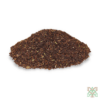

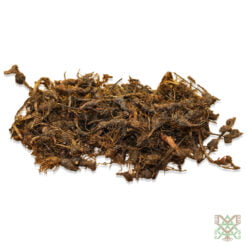
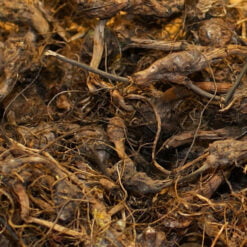
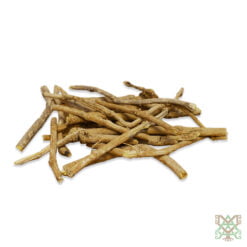

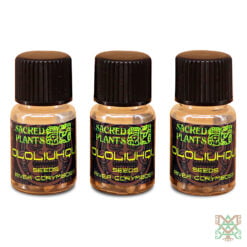
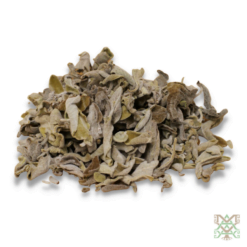

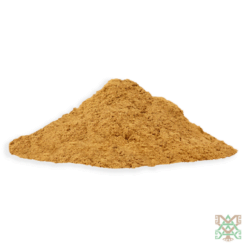

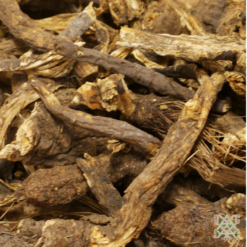

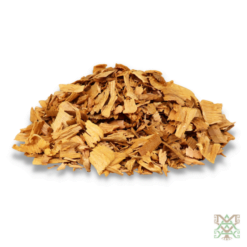
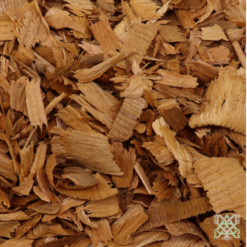

Reviews
There are no reviews yet.